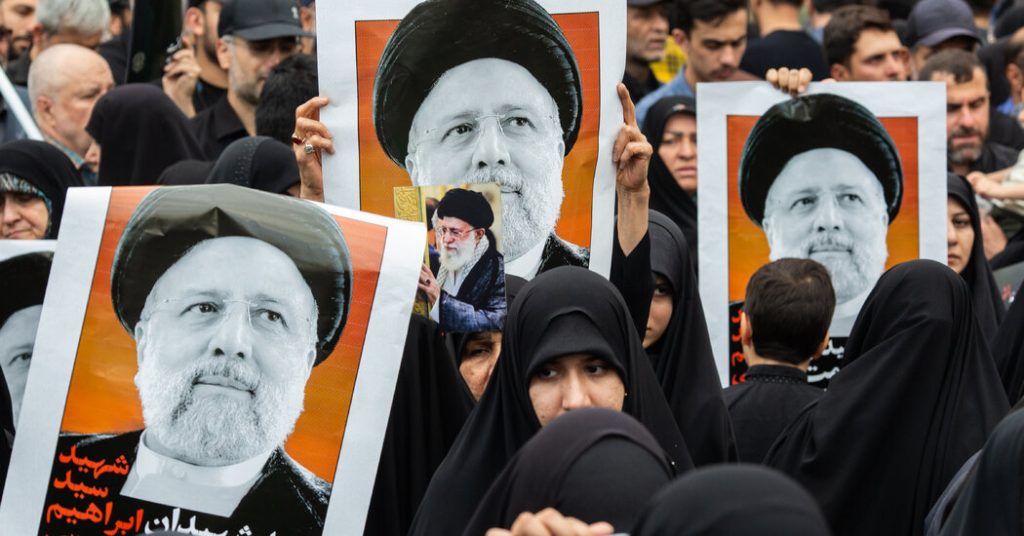Iran’s leaders are facing a challenging situation following the death of President Ebrahim Raisi, as voter turnout has been steadily declining in recent years. Supreme Leader Ayatollah Ali Khamenei now faces a decision on how to proceed with the upcoming presidential elections. He has two options – open the elections to all, risking a competitive outcome that may not align with his goals, or continue blocking reformist and moderate candidates, potentially leading to even lower voter turnout and backlash against his authoritarian regime.
Iran’s political system is a theocracy with Ayatollah Khamenei at the helm, making key decisions on nuclear, military, and foreign policies. The president plays a more limited role in domestic and economic affairs but still holds influence. Elections serve as a barometer of public sentiment, with low turnout seen as a reflection of growing discontent with the conservative establishment led by Khamenei. The death of Raisi, a loyalist of the supreme leader, has created a vacuum that could lead to infighting among conservatives vying for power.
Potential candidates in the upcoming elections include Mohammad Baqer Ghalibaf, a technocrat, and Saeed Jalili, a former Revolutionary Guards fighter known for his hard-line stance. Khamenei’s history of excluding reformist or moderate candidates has resulted in lower voter turnout, as seen in Raisi’s election in 2021 with the lowest-ever participation rate. The lack of a clear successor to Raisi and Khamenei’s advanced age and health conditions add further uncertainty to Iran’s political future.
While Khamenei may be reluctant to widen the candidate pool due to concerns over a stable leadership transition, the country’s economic challenges and public disillusionment could push him to consider moderates. Past surprises in Iran’s political landscape, such as Ahmadinejad’s populist presidency and Rouhani’s nuclear deal efforts, demonstrate the system’s ability to shift unexpectedly. However, the current lack of a prominent moderate candidate and widespread disillusionment among the electorate raise questions about voter turnout and the regime’s potential for change through the ballot box.
The risk of growing disillusionment with the political system in Iran poses a long-term threat to the regime’s stability, as anti-government protests and repressive measures have already marked a troubling trend. The decision Khamenei makes ahead of the upcoming elections will have significant implications for Iran’s political landscape, with the potential for continued authoritarian rule or a shift towards openness and reform. The balance between hardline conservative forces and calls for change from within and outside the system will shape the path ahead for the Islamic Republic.


